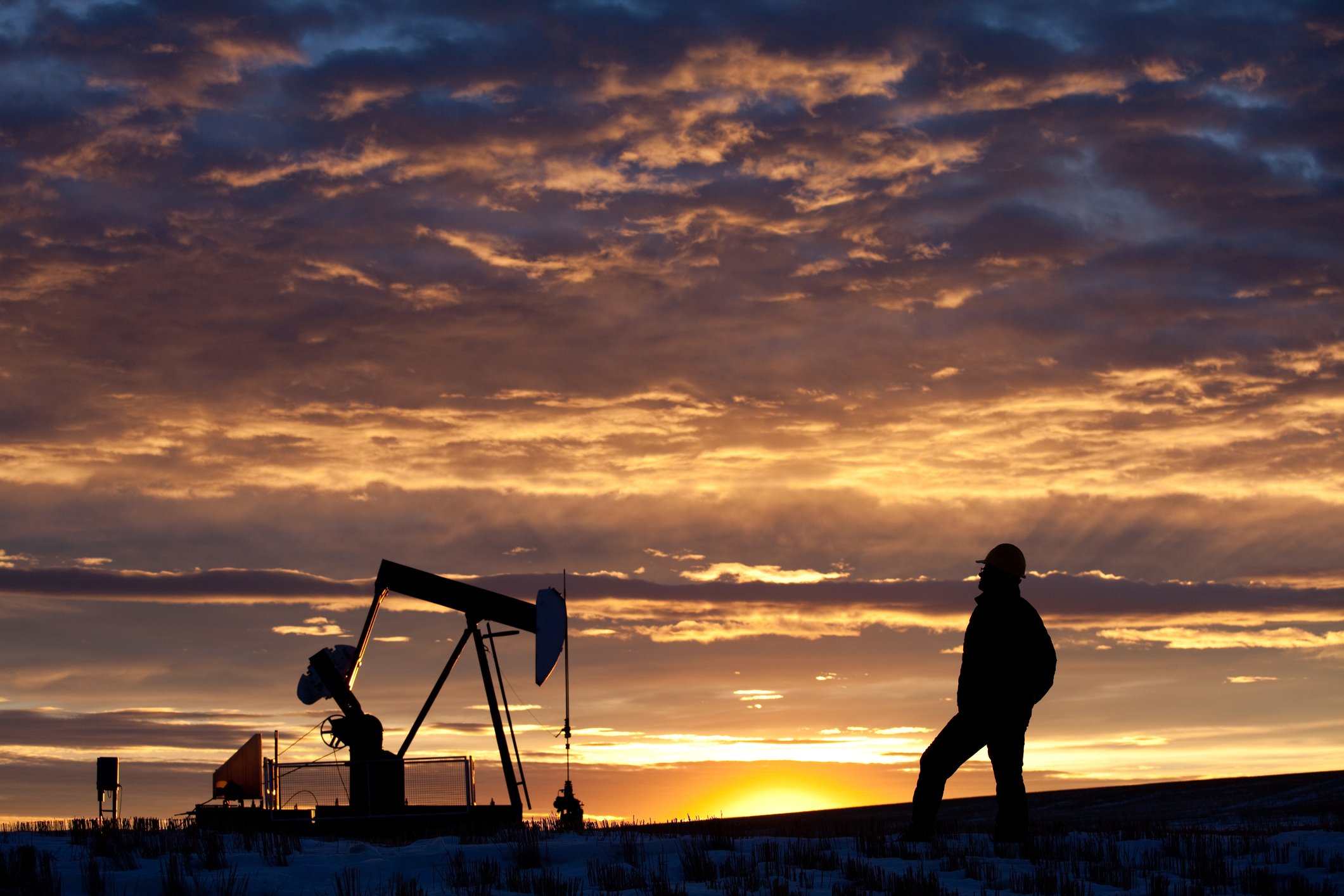
Photo credit: ConocoPhillips
ConocoPhillips (COP 0.52%) made history earlier this month by launching the first commercially approved drone flight in Alaska. The flight took place 120 miles offshore in the frigid Chukchi Sea. It's a move that has implications not only for Conoco's future but for the further commercialization of drone flights.
The flight was an important first step for unmanned aircraft that have a long history of supporting military operations. However, the utility of the aircraft spans more than just spy missions. This is why Congress has mandated the establishment of a permanent Arctic area where these small airborne vehicles can be operated for research and commercial purposes. From there it's possible that the commercial future of drones could include scientific research and search and rescue operations, among many other opportunities.
The drone used by Conoco is known as a ScanEagle and was built by a subsidiary of Boeing (BA 0.62%). The 40-pound craft soared for a 36-minute test in what could be the first of many flights on Conoco's behalf in the region. The company is interested in the insights it can provide on marine mammals and ice before Conoco begins exploratory drilling in the Chukchi as early as next year.
Conoco wants to be well informed before it starts exploring the Arctic for oil. It has seen the great troubles endured by Shell (NYSE: RDS-A), including spending more than $5 billion, which haven't resulted in even one drop of oil being recovered. Shell's many misadventures included numerous equipment failures and culminated with its drilling ship Kulluk running aground as it headed in for winter. Shell's plans have been placed on hold, and Conoco has followed suit.
This has prompted industry to work closely with the U.S. Department of the Interior to develop Arctic standards for drilling. The harsh conditions and precious ecosystem pose a lot of risks to oil companies. That's one reason why drones could prove to be invaluable to the industry.
The Arctic's winters include nine months of ice cover and nearly complete darkness. Meanwhile, an Arctic summer involves high seas, wind, freezing temperatures, dense fog, and floating ice hazards -- none of which makes for ideal drilling or flying conditions. It's these conditions, however, where drones like the ScanEagle could make a difference in tracking whale movements or plotting the best paths for oil companies to take in order to avoid ice hazards.
Boeing isn't alone in its pursuit of commercial application for drones. Fellow unmanned systems peer AeroVironment (AVAV 0.86%), for example, has developed the Qube. Its uses span public safety, wildlife and environmental monitoring, and scientific research. In fact, as a more pure play on drones it is actually an investor's best bet to profit alongside the growing uses for unmanned aircraft.
With the easy oil rapidly depleting, companies have no choice but to search for new resources in harsh climates such as the Arctic. That will open the door for new technologies like drones to find uses outside of the battlefield. Furthermore, given the great costs of exploring for and developing this oil, the industry will need persistently high oil prices for these projects to earn a sufficient economic return. For investors that could mean outside profits down the road.
How to Profit from the High Price of Oil








